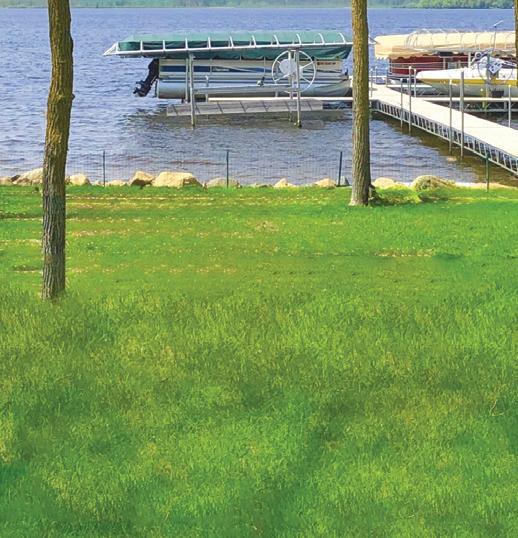










































Messers donate veggies from 2-acre garden to those in need
Each year, Gary and Patty Messer purchase an estimated $300 in seeds to plant organic vegetables and squash on nearly 2 acres of land, leaving some people wondering where all that food goes.
Those living at Eagle’s Healing Nest helped answer that question Feb. 23.
“You can use one of those two containers up there,” said veteran Mike Dingmann, calling into the kitchen area over a running faucet.
Mike was dealing cards in the large dining space, while fellow-resident Alec Embree was helping rinse vegetables and prepare dinner for everyone. Alec, who served in the U.S. Army from 2009 to 2017, said he was “absolutely grateful” for the Messers and all those who donate to the nonprofit organization.
Published by
Star Publications
Copyright 2024
522 Sinclair Lewis Ave. Sauk Centre, MN 56378
Phone: 320-352-6577
Fax: 320-352-5647













 BY SARA EISINGER | STAFF WRITER
BY SARA EISINGER | STAFF WRITER
or ebbs ed n ng ds an n s a
According to its website, Eagle’s Healing Nest is committed to meeting the needs of veterans, service members and families who suffer from the “invisible wounds of war.”
Centre. The Messers purchase an estimated $300 worth of seeds each year.
rddinng g siitee, , d g s s, and

Last year, Gary — a U.S. Army veteran — and Patty covered three 8-footlong tables at Eagle’s Healing Nest with boxes of tomatoes.
“Patty picked for three hours, I picked for an hour, and two guys from the Eagle’s Nest picked for about three hours,” Gary said. “We had 6 or 7 bushels of tomatoes that we just hauled up. The cooks make spaghetti sauce

Missy Traeger, 320-291-9899 missy@saukherald.com
Robin Brunette, 320-293-5911 robin@star-pub.com
Tim Vos, 320-492-6987 tim.v@star-pub.com
or stewed tomatoes (and) freeze it and store it over winter for the vets.”
The Messers plant produce such as broccoli, potatoes, radishes, peas, onions, peppers, carrots and various types of squash on rented land about 3 miles west of Sauk Centre.
“We mostly donate cabbage, sweet corn and tomatoes to the Eagle’s Nest,” Gary said.
Mike was not living at Eagle’s Healing Nest when the Messers came by with
Jaime Ostendorf, 320-309-1988 jaime@star-pub.com
Neil Maidl, 320-292-4454 neil.m@star-pub.com
Bob Leukam, 320-260-1248 bob.l@star-pub.com
Mike Schafer, 320-894-7825 mike.s@dairystar.com
food donations last fall.
“I cut up the veggies, here,” Mike said. “I do a lot of cooking at home. … Well, I did until I had to leave my apartment. I just really appreciate all the food here.”
Gary was drafted in the 1970s. He said he felt sympathy and compassion for his military family, especially those who are sick, disabled and displaced.
Messers page 3
Sarah Middendorf Special Sections Coordinator sarah.m@star-pub.com
Sarah Colburn Writer
Sara Eisinger Writer

Natasha Barber Managing editor

Amanda Thooft
Nancy Powell
Maddy Peterson
Cheyenne Middendorf
Karen Knoblach
Annika Gunderson
Nadiia Zalitach
Messers from page 2
The couple figured they had the extra produce and might as well donate it to people in need.
“People love it,” Patty said. “They absolutely love it. The thank yous are overwhelming.”
The Messers also give to their friends, family, elderly and others. They sell about $300 in produce to offset the cost of the seed for their garden.
“A lot of these people, like at Riverview Manor, can’t get out to do any type of shopping,” Patty said. “So, they welcome any and all fresh produce, big time. Then they don’t have to worry about ordering, food costs and that kind of stuff. I don’t want to see it go to waste.”
The amount donated varies on the year’s harvest.

“We donate a dozen ears of sweet corn some years, and others 40,” Gary
said. “It all depends on what I’ve got. I give a lot more cabbage than I do
anything else.”
Messers page 4
















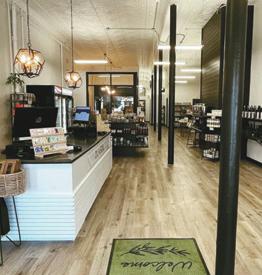



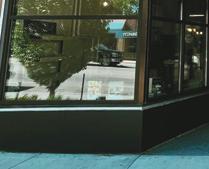



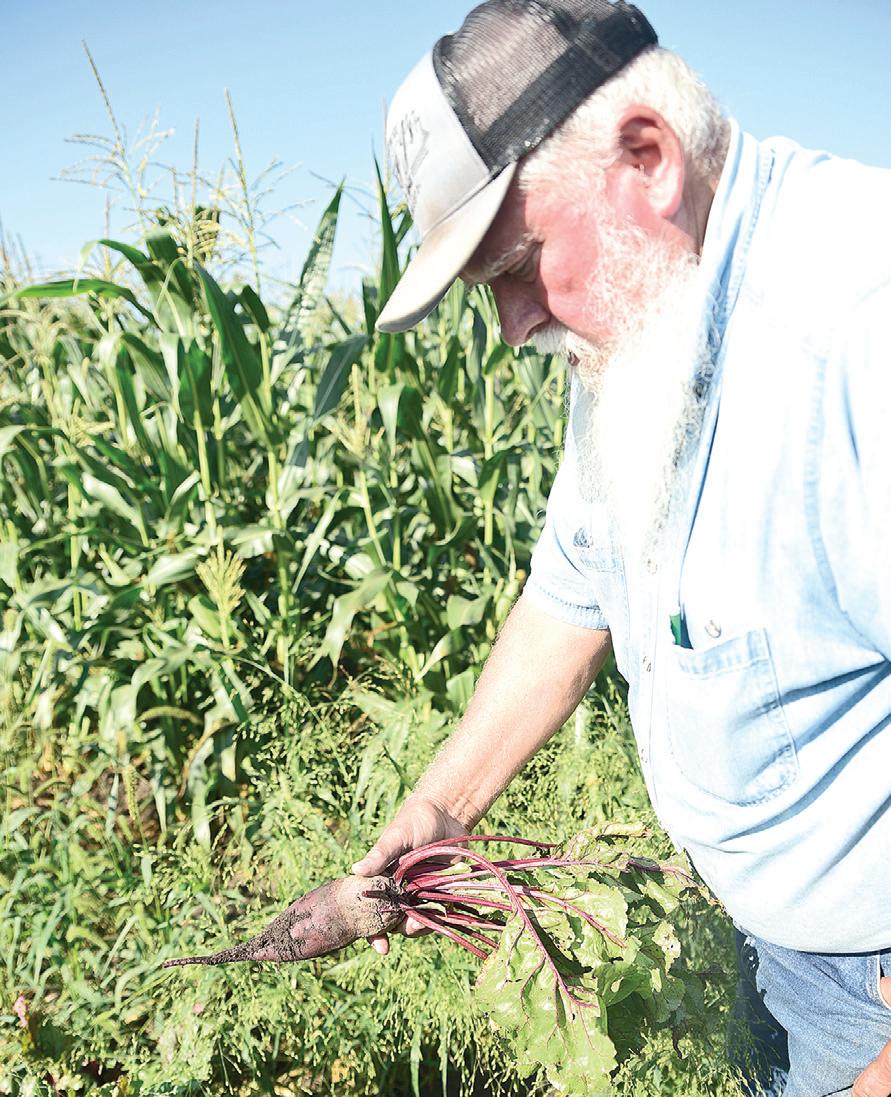



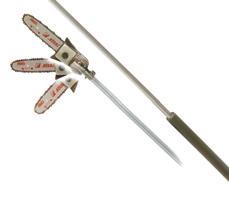




Patty spends a long, undefined amount of time canning vegetables for winter.
“The problem was, and is, that he goes too big,” Patty said, flashing a subtle smirk. “It drives me crazy. I never know what I am going to do with all of this. Gary is one who will plant everything.”

last year’s copy of “Llewellyn’s Moon Sign Book,” filled with lunar timing tips for planting and harvesting. Gardening according to the moon cycle is a less commonly practiced theory, but it is one Gary adheres to.
We had 6 or 7 bushels of tomatoes that we just hauled up. The cooks make spaghetti sauce or stewed tomatoes (and) freeze it and store it over winter for the vets.
- Gary MesserBut Gary said he “cut way back” by only planting 200 tomatoes last season.
Patty quietly admitted to operating as a happy and willing accomplice when her husband looked away.
He was looking through
“A lot of people go by the ‘Farmer’s Almanac,’” Gary said.
“‘The ‘Farmer’s Almanac’ isn’t as accurate as this is. Ever since I found this book, I’ve gone by it rather than the ‘Old Farmer’s Almanac.’”
Messers page 5
from page 4
According to “Llewellyn’s Moon Sign Book,” the moon passes through the 12 zodiac signs, each associated with one of the four elements: fire, air, earth and water. Cancer, Scorpio, and Pisces are considered water signs. Water signs are said to be the most fruitful of all the signs.
“The first phase and second (lunar) phases are the best time to plant above ground crops,” Gary said.
Prior to planting in ground, seeds sprout under an LED grow light located in the couple’s basement. This space serves as their grow room. Green sprouts eventually get transferred to an estimated 16-foot trailer. The trailer gets used as a greenhouse during late winter into early spring.
“We just back it up against the house, here, up to the patio door,” Gary said.

“Then it’s an easy in and out.”
No pesticides are sprayed on the garden. However, it is possible that small portions of pesticide could blow in from



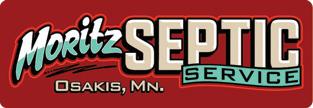
nearby fields.
“I will plow it down before I put spray on it to kill weeds,” Gary said.
Like many crop farmers around the area, Gary learned
from his father and his father before him.
“I got farming in my blood and I can’t quit,” Gary said.



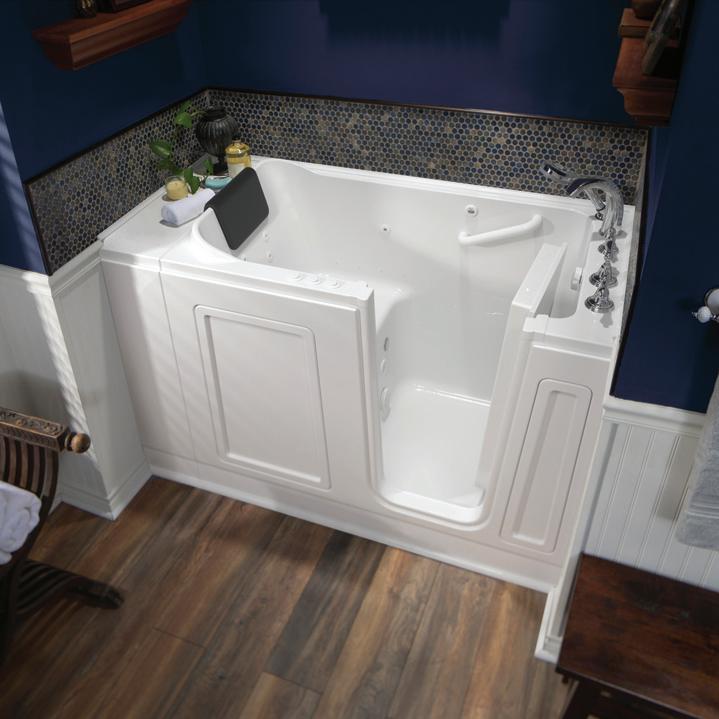




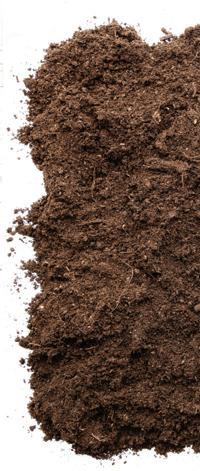





































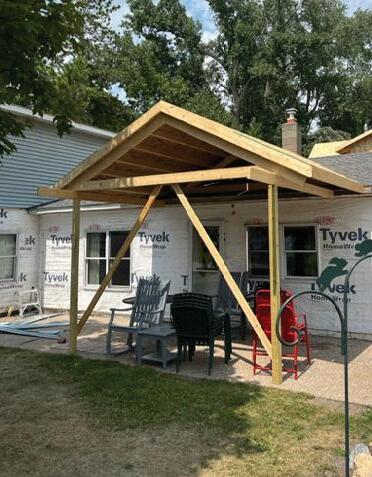







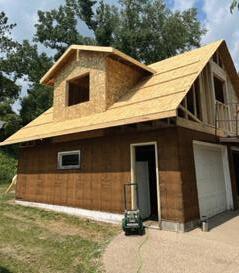













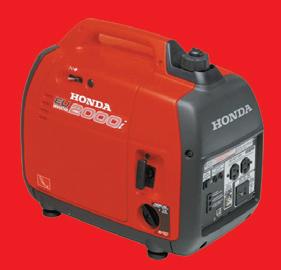

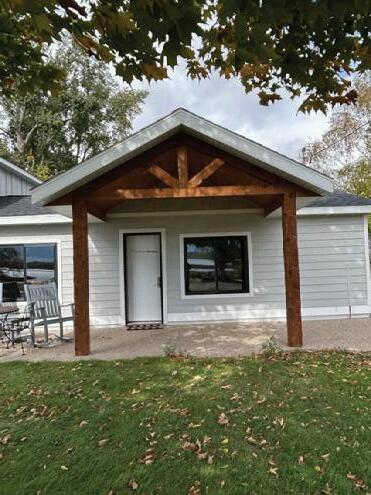

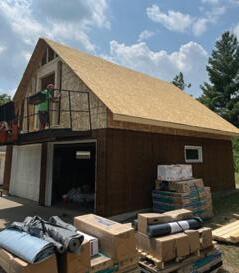





































































































































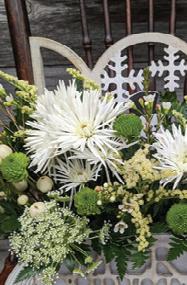





























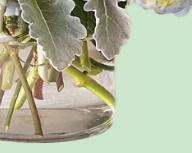
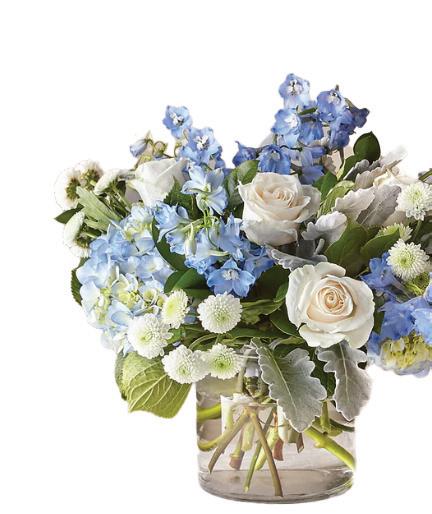




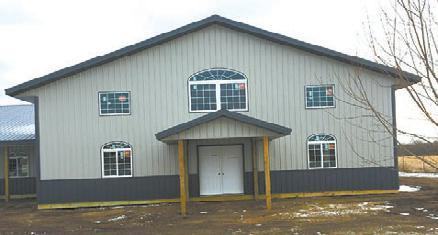



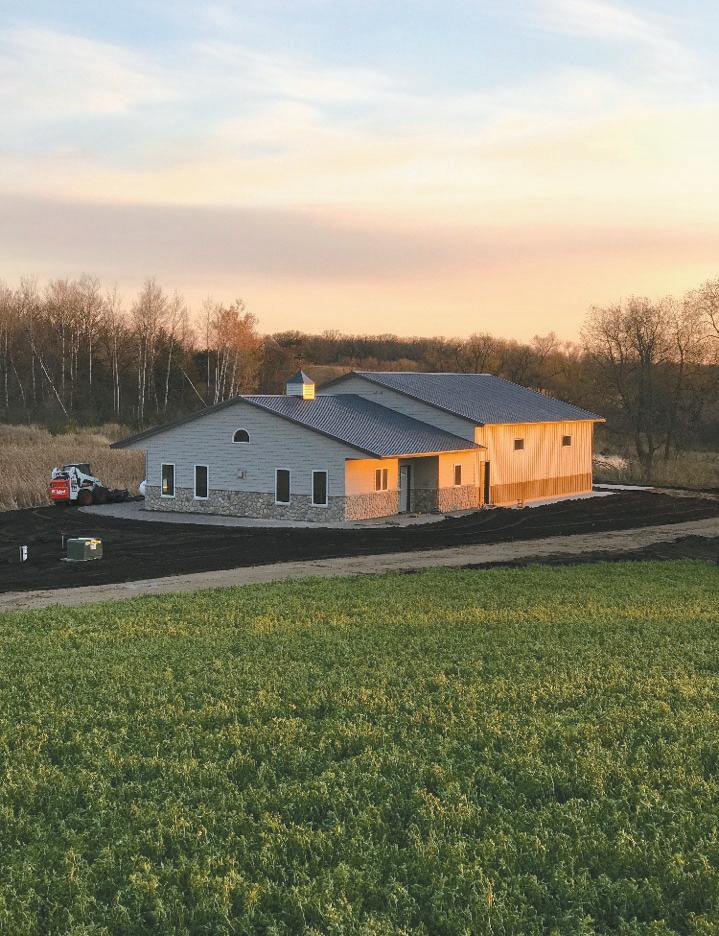








































Warming temperatures evoke spring fever in Central Minnesotans fixing to stir-up a fresh coat of paint and rollin the sunshine.
“It is the busiest time of year,” said Christine Steichen, owner of Sue Smith Painting and Staining. “These temperatures have hit many people hard. When people start spring cleaning and decluttering, they begin to look at their walls.”
Though the mild winter may have some ready to pop the lid on spring painting, project start dates are dependent on Mother Nature.
“If it is 50 degrees and the temperatures are stable, the conditions are ready,” Steichen said. “However, if the temperature dips below 32 degrees, you will wreck your paint job.”
Spring rain could bring additional trouble for outdoor painting and staining projects, so people should be wary of moist surfaces, she said.
“The labeling on the paint you use should say how long to wait before painting,” Steichen said. “It will tell you that you should not get rain on it for a certain number of hours.”
Humidity could also accumulate from the moisture of mud on newly installed walls. Steichen uses a moisture meter to test the humidity of surfaces she is preparing to paint. She
utilizes the tool frequently to make double sure surfaces are not too moist for a fresh coat.
“I will run dehumidifiers during and after painting,” she said. “Heat helps the paint dry faster. Paint labels will specify directions on heat and humidity.”
Most painters want to avoid unwanted drips, which is why picking good painters tape is another preventative precaution Steichen suggests people take. It can be a big help when keeping any unwanted paint off of trim. Steichen said choosing high quality tape could be a game changer.
It is just as important to watch for any unwanted runs or squiggles, she said. Traditional vertical strokes with a paint roller are the best bet. Trending TikTok “M” and “W” rolling patterns might look fast and cool, Steichen said, but they could be foes when people are attempting to achieve a clean finish.
“Stay away from the ‘M’ and ‘W’ patterns,” Steichen said. “If you don’t roll the paint in well, you will see that as a result. Roll from the floor to the ceiling with your primers and top coats. Make vertical strokes.”
Steichen said to first choose the proper nap roller based on surface texture. The nap is the interchangeable fabric roller attachment.
“If you are going to paint
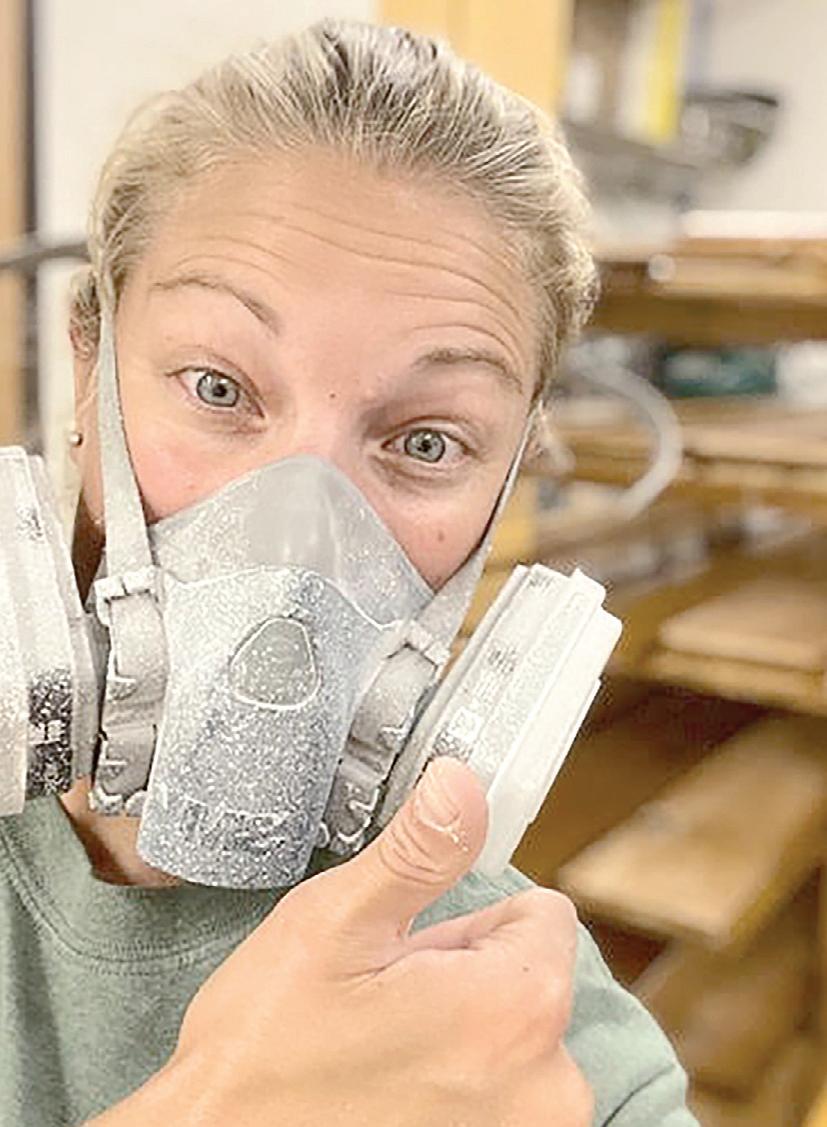
a smooth wall, use a lesser nap,” Steichen said. “If it is a popcorn ceiling, use a thicker nap. Use a roller pole so you don’t break your back going up and down with a little handle. There will be roller marks if trying to cover it all in one coat. You will see through to the color underneath. The common practice is to use two coats.”
Popcorn ceilings seem to have gone out of style in recent years. The orange peel look has taken over the household scene. This look resembles the outermost part of an orange.
“People are choosing egg shell for their interiors,” Steichen said. “It is durable and you can wash it. Years ago, semigloss was a big thing. The wall would be shiny. I think the older
generation thought they had to wash walls every year. I just think it dates a house. Egg shell protects the wall without being super shiny. If people use matte or flat, any dirt or handprints will show.”
Needless to say, colors are also changing with the times.
“A lot of new homes are going back to warm whites with accent colors like navy, sage and dark greens,” Steichen said. “People are leaning back to wallpaper accent walls. Just yesterday, we wallpapered a ceiling.”
Customers are even designing geometric patterns on their walls with wood, Steichen said. This concept is mostly applied to accent walls.
Steichen page 10
“It is not just color anymore,” she said. “People are using wallpaper and wood.”
Decorating themes seem to largely stem from a mix of the old-fashioned farmhouse, supplemented by industrial vibes.
“It is more of a craftsman farmhouse look,” Steichen said. “There are some black touches with warm toned cabinets. Trends have changed from white walls with burgundy accents to tans and grays, back to warm tans and warm whites. We are seeing a lot of white trim over the last five to eight years. We have also painted some black trim over the past couple of years. Believe it or not, nearly all walls were white when Mom started painting houses.”
“Mom” was Sue Smith, who founded the paint company in 1996. Steichen’s mother painted professionally for 26 years of her life up until two months before her death in 2022. Steichen carries her mother’s legacy into the future with 19 years of experience.
“If you go to someone with experience, they will give you a better result than doing it yourself,” Steichen said. “It saves on time. If you mess it up and have to call a professional anyway, it isn’t really saving you money.”
As for the do-it-yourselfers, Steichen offered some helpful tips to stay safe if painting this spring.
“Always practice safety, safety, safety,” she said. “Do not climb on something you should not. Do not paint alone. Do not do sketchy stuff.”

(1) Walls, ceilings and trim are painted in a new home. Christine Steichen, owner of Sue Smith Painting and Staining, said a trend is to incorporate dimension as well as color to walls.

131
131 12th





MN 56378
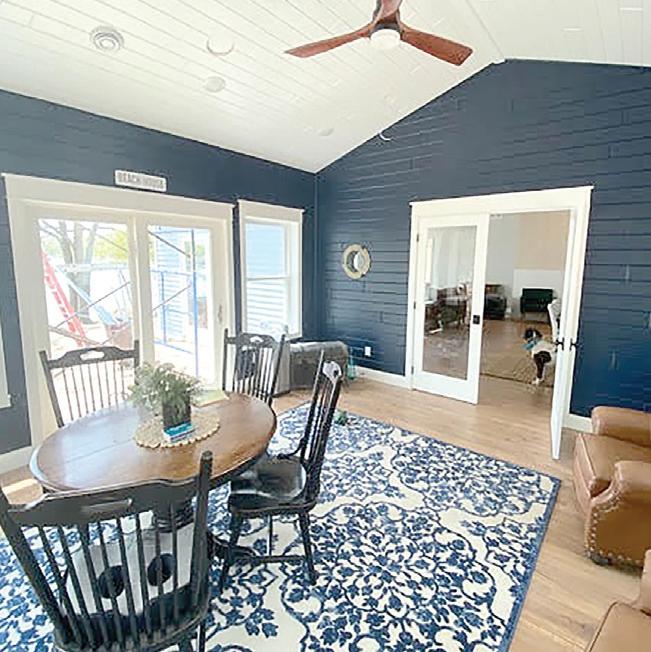
(2) Painted tongue and groove pine is on the walls and ceilings of a sun room. The deep navy color is a popular choice for accent walls, according to Christine Steichen.
(3) Wallpaper is installed on a job by Christine Steichen in March 2023 in St. Cloud. Steichen said wallpaper accent walls have trended in recent years.

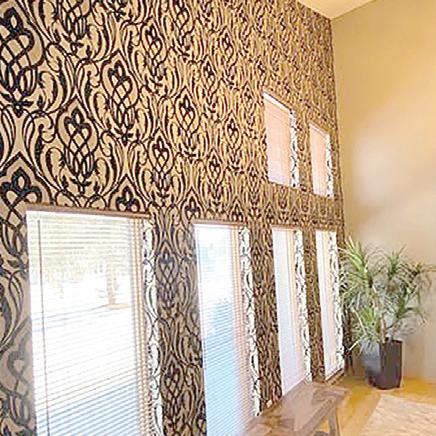




















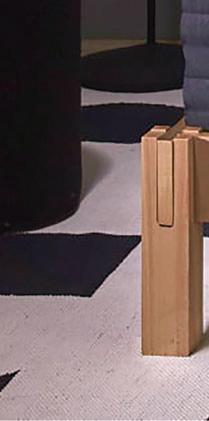






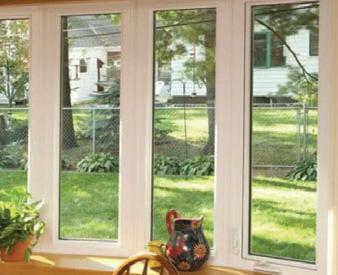

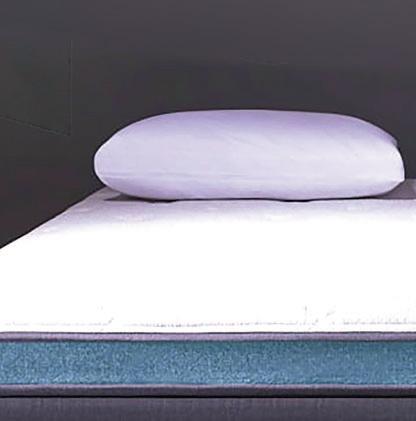

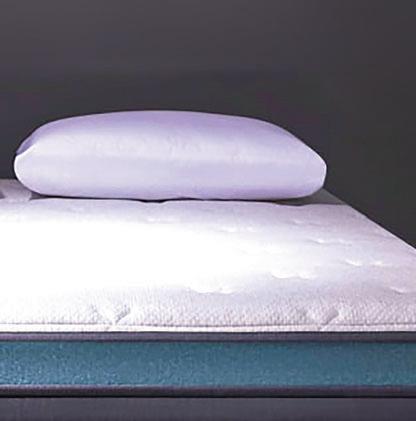




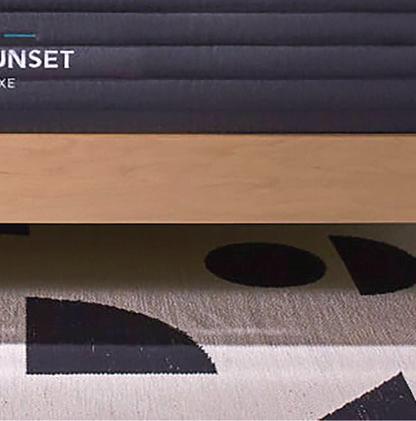







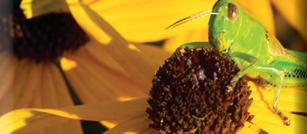





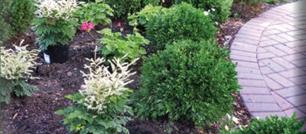
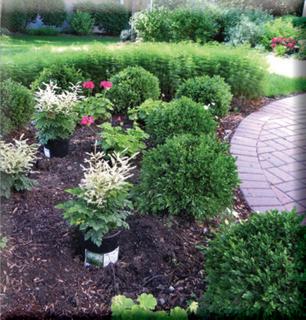






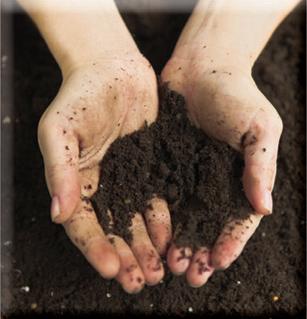






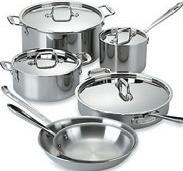













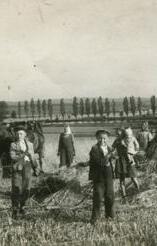























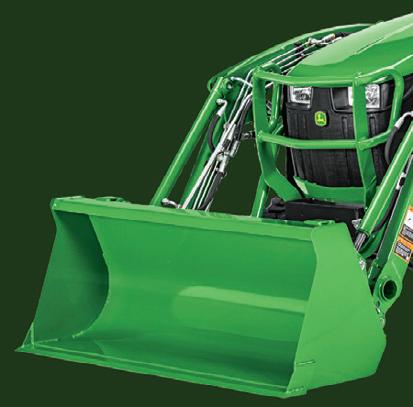





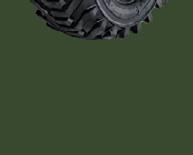

















































































































































































White flower pedals, silver foliage bring moon gardens to life
BY SARA EISINGER | STAFF WRITERThis spring, step into a wonderland that dreams are made of where evening rain lilies sway, shimmering under the full moon as though heaven’s brightest stars have descended on earth.
Enter moon gardens.
“Moon gardens give people a reason to be outside in a comforting, magical environment,” said Michelle Miller, perennial manager at Thomsens Garden Center in St. Joseph. “They are designed
to be enjoyed in the evening after dark. There is a lot you can do with them.”
Planting a moon garden is like any other garden with a few special exceptions. First, choose pedals that will sparkle like glitter against the night sky’s black backdrop.
“Focus on white or lightcolored flowers and silvery or white colored leaves,” Miller said.
May could be the perfect time to pick pedals of light pink, soft yellow or robin’s egg blue to create a moon garden.
Moon garden page 17
A woman blends into the dark, holding an illuminated white rose up against the
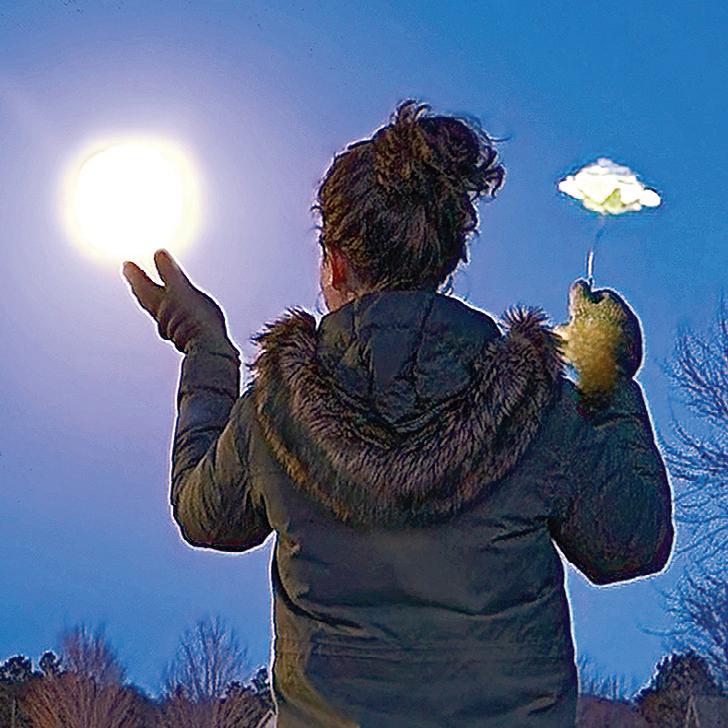


Moon Feb. 24 in Sauk Centre. Light-colored flower pedals and silvery foliage sparkle under the stars, perfect for a moon garden.
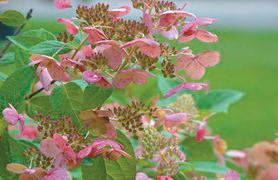
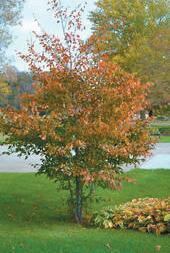



“A lot of plants are available in white, like some lilies, sweet alyssum, lilacs, peonies and moon vine,” Miller said. “The moon vine is similar to the morning glory. It is called, ‘morning glory’ because it opens with sun. Moon vine flowers open in the evening.”
Other popular Midwest floral selections could be sweet autumn clematis, angel’s trumpet or the night-blooming jasmine. If looking for perennials with white-blooming varieties, popular choices could be white bleeding hearts, coneflowers and Shasta daisies.
Silver-foliaged plants, such as lamb’s ear, variegated dogwood and dusty Miller also shimmer at dusk. Azaleas and other shrub varieties grow in shades of white.
One tip is to look for the Latin word, “alba” on the label, which translates to “white” in English.
“Any of those would be nice in a moon garden,” Miller said. “Some release fragrances at night.”
Gardeners may opt for scents of honeysuckle, summersweet or mock orange, while others prefer traditional roses to further immerse themselves in the beauty of the night. Numerous night blooming flowers grow in shades of white and pink, releasing strong perfumey scents to attract nighttime pollinators.
As the song birds quiet with sundown, choirs of frogs pipe up and sopranos of crickets chirp along. To complement the unique ambiance of colors and scents, people may try adding tranquil sounds.
“I would recommend garden decor with sound to add that aspect to the garden,” Miller said, suggesting wind chimes or water fountains.
Thomsens Garden Center offers outdoor lights and decorations to further illuminate moon gardens. Miller further recommends solar light ornaments. Dependent on the garden’s placement, the moon’s light may be obstructed similar to how shade spots are located during daylight.
“I would recommend solar light ornaments,” Miller said. “There are little garden ornaments that light up at night. A lot of us live in town. Where you live, depends on how much light you will need.”
Bright streetlights can dim the effects natural moonlight has on nighttime gardens.
“The glow from low lighting is what you need,” Miller said
The options are endless for ceramic and wooden garden accessories, varying from miniature fairy figurines and elves to gargoyles and gnomes. Whimsical ornaments precisely scattered about could help manifest moon garden dreams into reality.



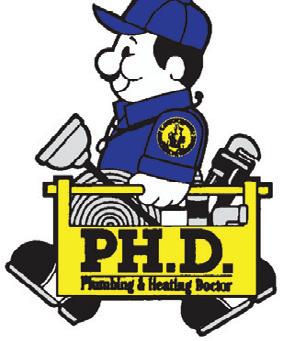












































































































































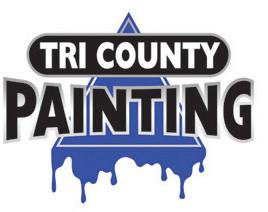




























































































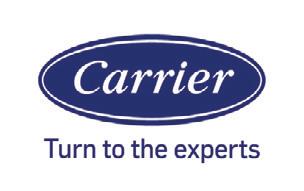




















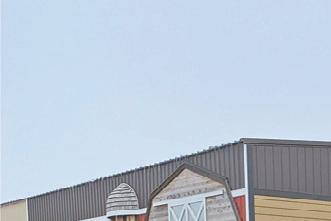



































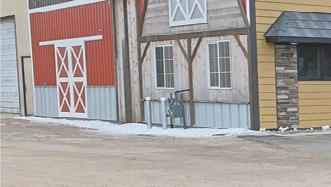
































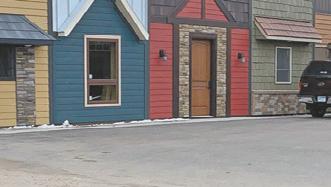











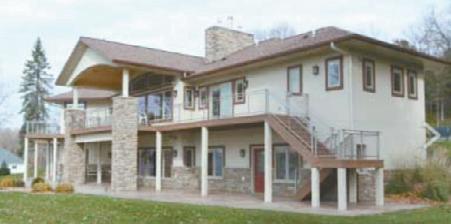



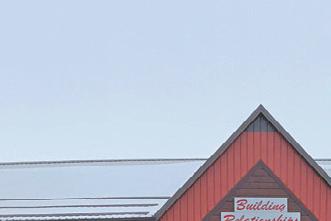










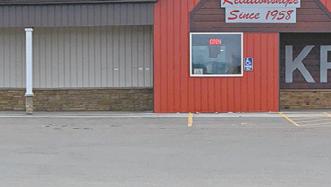












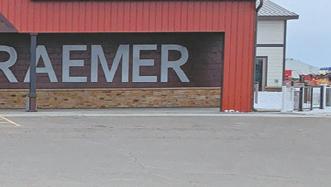








'No job too big or too small' 'No too or too small' for Kostreba Contracting for
Kostreba Contracting is a family-owned construction business that specializes in residential and commercial property remodels and more, holding true to its longtime motto — “No job too big or too small.”
Kostreba Contracting owner Joe Kostreba grew-up painting walls and swinging hammers with mom and dad, Wayne and Janet.
“My dad started the business in 1988,” Joe said, who took over the contracting business four years ago in 2020.
His parents had originally opened Handyman Services in 1984.
“As it started growing and blossoming, I became more involved,” Janet said. “After the kids took off for school in the morning, Wayne would come get me and then I would go to work. The company just
grew from there.”
The Kostreba’s changed their business name to Restorations by Wayne in 1989.
“The first house we restored was the old home on Main Street,” Janet said. “A couple of older ladies lived in it. They were going to condemn the house. A couple approached Wayne and I to ask if we would consider regutting and redoing it, so we did.”
The house is located just off of Seventh Street on Main Street in Sauk Centre, and carries special meaning to Kostreba Contracting.
“That’s the original house that started the explosion of the company,” Joe said.
Restorations by Wayne quickly flourished.
“I did all of the finish work, which meant painting, staining and finishing,” Janet said. “That house had a lot of character in it. We did every door knob, every hinge, every

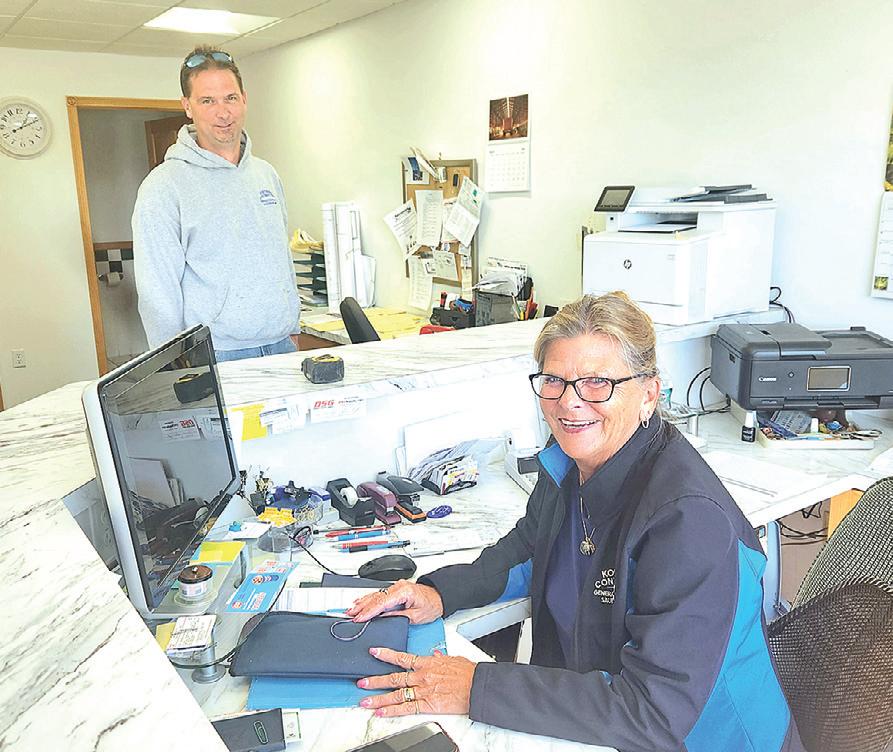
nut, bolt and screw. Whatever was in that house, I took home in 5-gallon pails to clean and polish. We did the staircase with a toothbrush. We did the floors the same way. We took all of the plaster out.”
The Kostreba’s went on to restore the upper two floors of the Palmer House in 1993. Joe would have been 13-years-old.
He was always ready and willing to get to work.
“Joe worked with me because I was the painter,” Janet said. “He would ride his bicycle over to the Palmer House after school, climb up the fire escape to help me paint.”






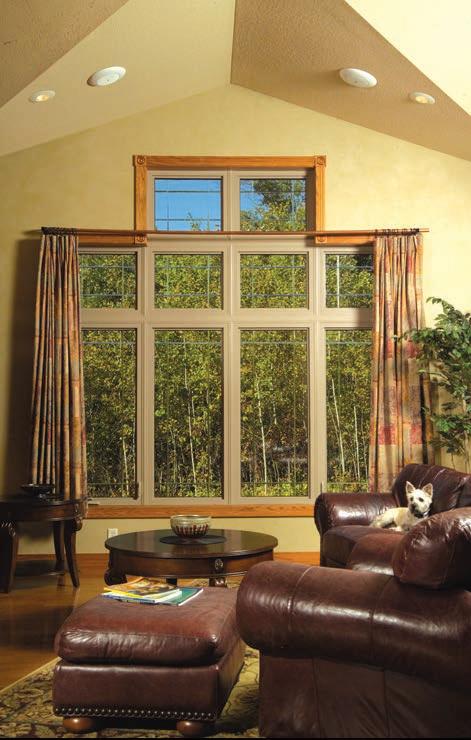

















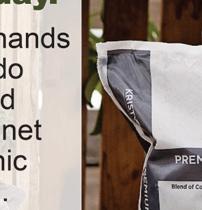




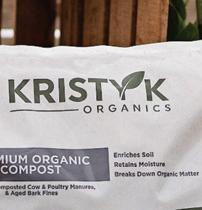




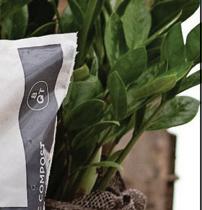







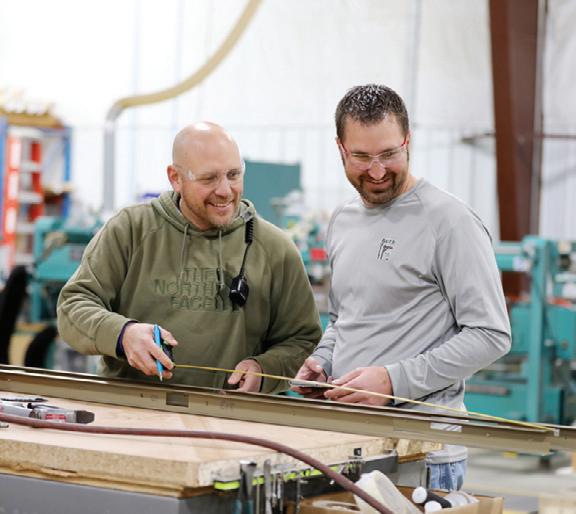






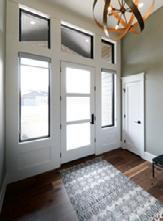






















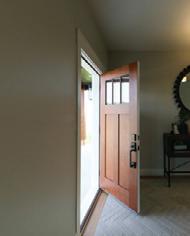


































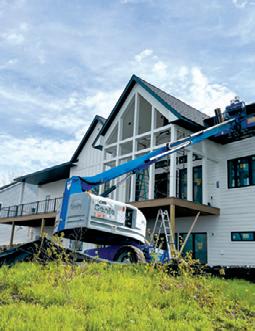
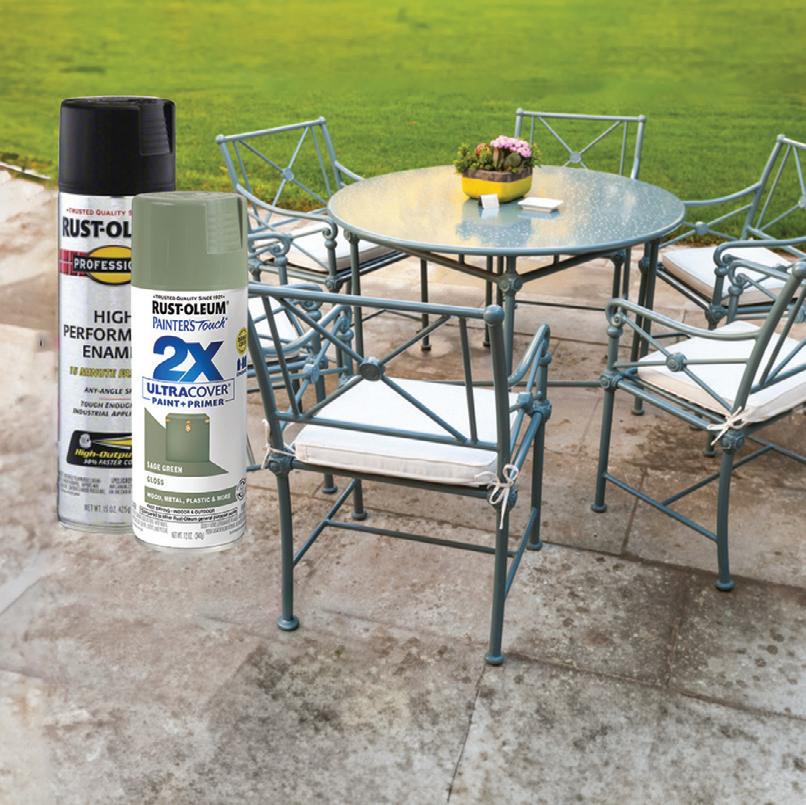
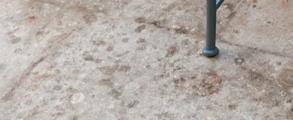
Kostreba from page 20
Joe also received hands-on experience learning how to build and use tools with his dad. All the while, he had planned on attending college to study architecture.
“My husband started having some health issues,” Janet said. “So, I told Joe, ‘You’re going to school in the Twin Cities, and going to take your state contracting exam.”
Surprised by the request, Joe found himself reminiscing through the years. Was he ready to step-in to take over some of the business’s general day-to-day operations?
It just so happened that Joe had accumulated a plethora of fond memories, working with his parents and others. He especially remembered his mentor, Paul Pischke of Pischke Excavating (1955-2000).
“Paul was really rough around the edges,” Joe said with a smirk. “If I ever wanted to learn how to do something, Paul would just say, ‘Pull up your pants and figure out how to do it ….’ in not those kinds of words.”
The 17-year-old Restorations by Wayne boy decided it was best to listen to his mom. In 1998, he found himself sitting in a room filled with a number of 30- to 40-year-olds about to take the state exam to earn a Minnesota General Contractor License.
Restorations by Wayne had officially turned into a generational business.
“A man we were working with, out of the Twin Falls area, was in marketing,” Joe said. “He advised us to rebrand the business. If it was going to be a family-owned, father/ son team, ‘Wayne’ needed to step aside, and we needed to become Kostreba.”
The business name changed to Kostreba Contracting in 2000. Today, Janet runs the office and helps finish work as needed.
“I am not ready to retire,” she said, shifting her eyes toward her son. “I like the guys I work with. I really do. I am not ready to go away yet.”
There is not much the Kostreba Contracting team will not work on.
“We do new construction, remodeling, windows, siding, doors, roofs, detailing and all of that kind of stuff,” Joe said. “Three years ago, I worked on the Dancin’ Off Broadway dance studio in Alexandria. I did a complete renovation on that. Right now, I do a lot of remodeling.”
In fact, Kostreba Contracting just finished changing out some doors at St. Paul’s Catholic Church in Sauk Centre.
When not pounding nails, Joe’s time is spent with his

wife, Blaine, and their daughter. He is also involved in various community projects.
“About three years ago, I started volunteering with Community Connection for the demolition derbies at Stearns County Fair,” Joe said. “About four to five years ago, I got on the Big Sauk Lake Association board.”
But when hard at work, Joe thoroughly enjoys “turning an old piece of junk into something homeowners will love.”
Janet expanded further.
“It’s very rewarding walking away and having people be so happy with what you have done,” she said. “They turn around, look at you and go, ‘This is an amazing job that you’ve done, and you are welcome here anytime. We have had a couple of them hand over their keys, and said, ‘Have at it; come on in anytime.’”
It was hard for the mother-son duo to believe it has been 35 years since turning a handyman service into a fullservice construction business.
“It is really cool knowing that you have built something with your own hands,” Joe said. “The relationship you build with clientele lasts forever.”
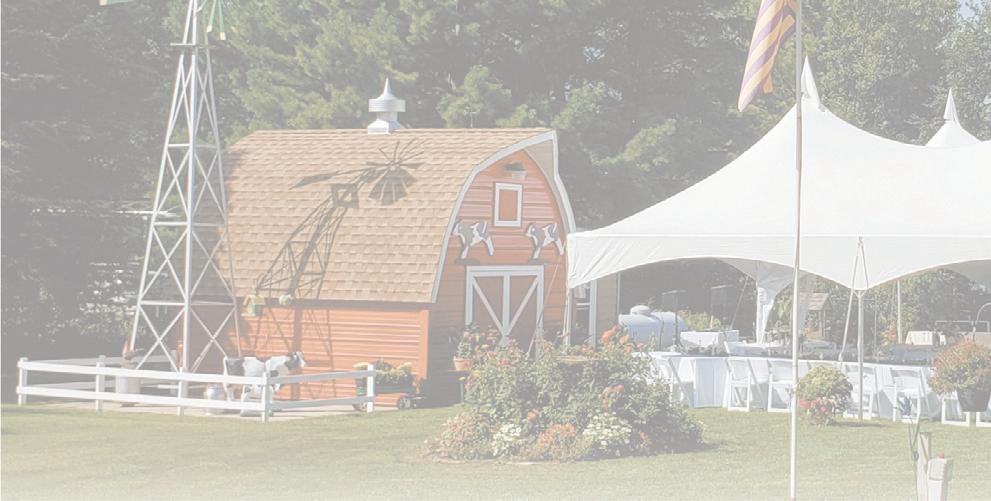
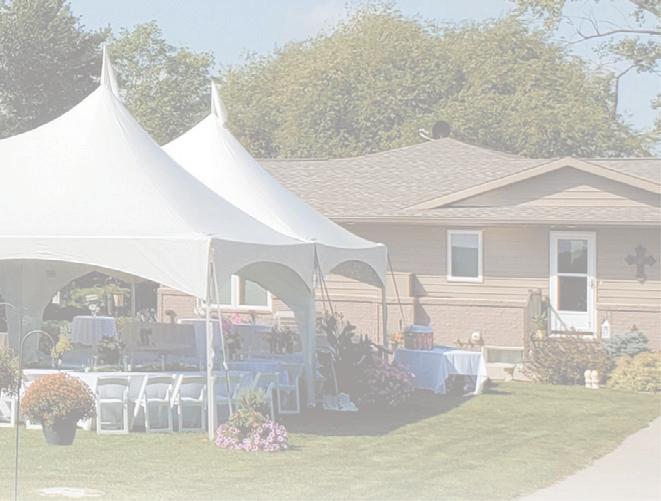
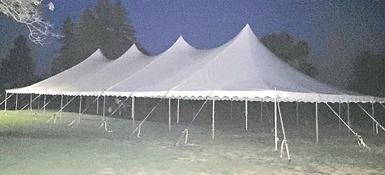
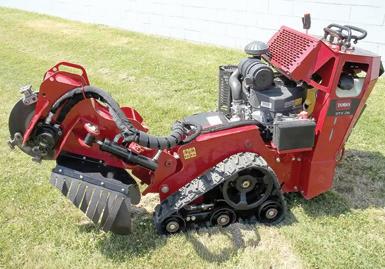




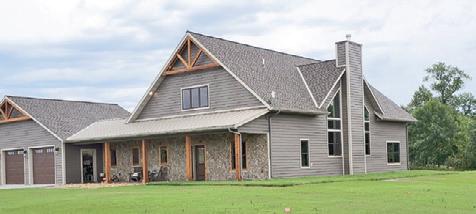




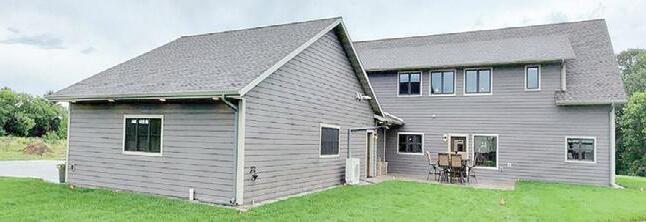













She said that many gardeners put a similar stress on their bodies but think of it as a hobby and often do not warm up before heading to the garden.
“It’s super important to prevent injury so people can stay out in the garden longer,” Hansen said.
Hansen and her colleagues encourage not only stretching, but sun protection, hydration and the proper tools to put less stress on the body when working in the soil.
“I feel like people consider it such a low impact activity,” Hansen said. “You’re not lifting heavy weights, running miles or swimming, … but in reality, you’re moving your body the same way you would to lift weights or a wheelbarrow.”
Hansen, along with other educators including Quincy Sadowski, of Stearns, Benton, Morrison and Sherburne counties, created a video presentation on the key elements to staying safe this gardening season. These are some of the highlights:
Using

— Stretching: Hansen encourages gardeners to go for a 5-to-10-minute walk to get the blood flowing before performing stretching exercises. Stretching, she said, is key to preventing injury while gardening and can relax muscles and alleviate low back pain. She encourages a hamstring stretch, quad stretch, trunk rotation, side bend, upper back stretch and a wrist/forearm stretch.
— Lifting: Use carts and wheelbarrows whenever possible. When lifting heavy items be sure to use glute and leg muscles, instead of arching the back. Use the correct form to lift, squatting down and lifting as close to the body as possible. Hansen said to avoid long reaches to pick up objects and to move smoothly to avoid jerky movements that can cause injury. Additionally, avoid twisting at the waist, she said, and instead, shift the feet when turning with an object.
— Protection: Sadowski said long sleeves and pants can protect against scrapes and skin irritation in the garden. Gloves, she said, can prevent injury to hands and prevent blisters.
Garden health page 29
A






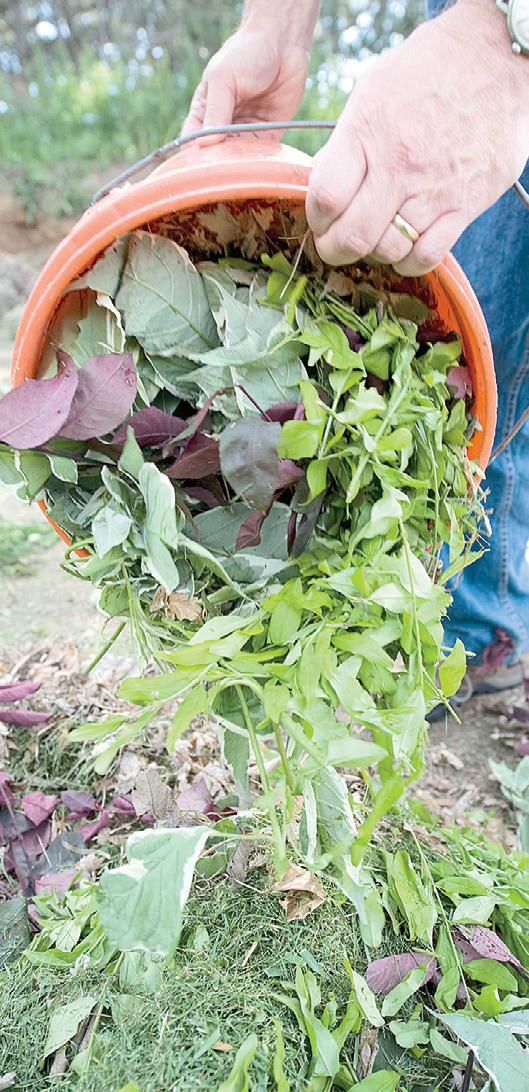



















































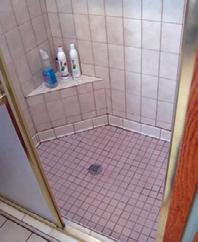
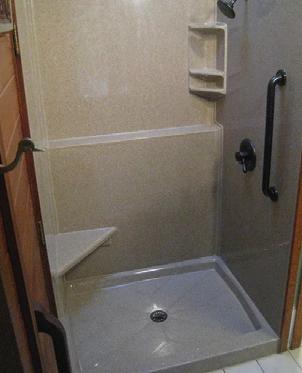

















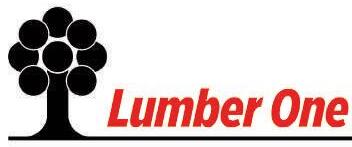










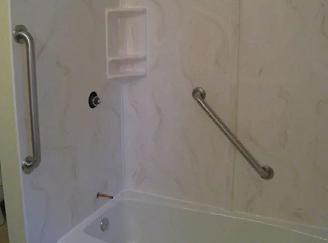


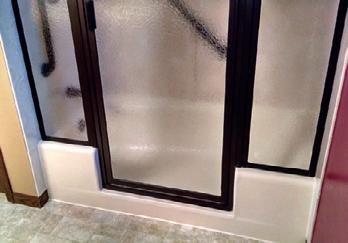


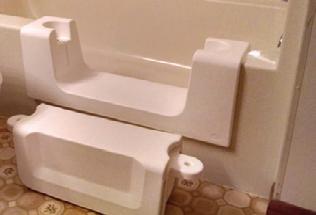


She encourages gardeners to consider sunglasses to protect from harsh rays, a hat that covers the face and neck, and sunscreen. The team also recommends bug repellent that protects from ticks and mosquitoes.
— Hydration: The extension recommends drinking 8 ounces of water every 20 minutes while gardening and not more than 32 ounces in an hour. Take breaks out of the sun to avoid fatigue and watch for signs of heat stroke.
— Tools: There are various ergonomic tools available that can alleviate the stress on tendons, joints and muscles. Hand tools, Sadowski said, come with a variety of grips, from curved to upright. Look for grips that are designed to keep wrists and
arms straight. Some, she said, have a brace along the side to keep the arm steady.
Additionally, there are a variety of pruners and loppers available on the market to reduce repetitive stress on the hands. Some, Sadowski said, are battery-powered to help get through thick material without relying on hand strength.
— Tools such as a sitting bench or gardening chair can allow a gardener to get closer to the soil while reducing bending or kneeling. Some benches, she said, convert from a bench to a kneeler with arms for support.
— Tools with expandable handles can also aid in gardening, ensuring the proper height for the user to reduce overhead reaching and/or bending stress. Additionally, Sadowski said, there are adaption tools available on the market that can allow gardeners to use their favorite tools in a way that works more easily for their body.
























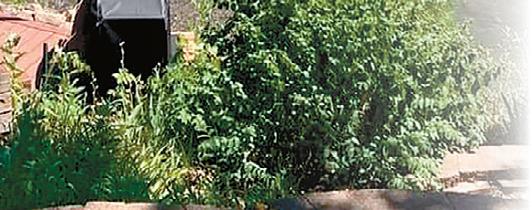








































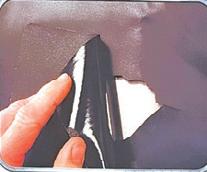

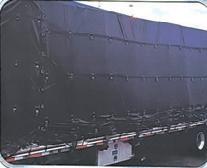







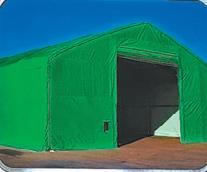
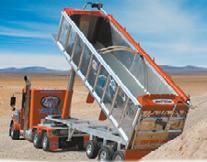






























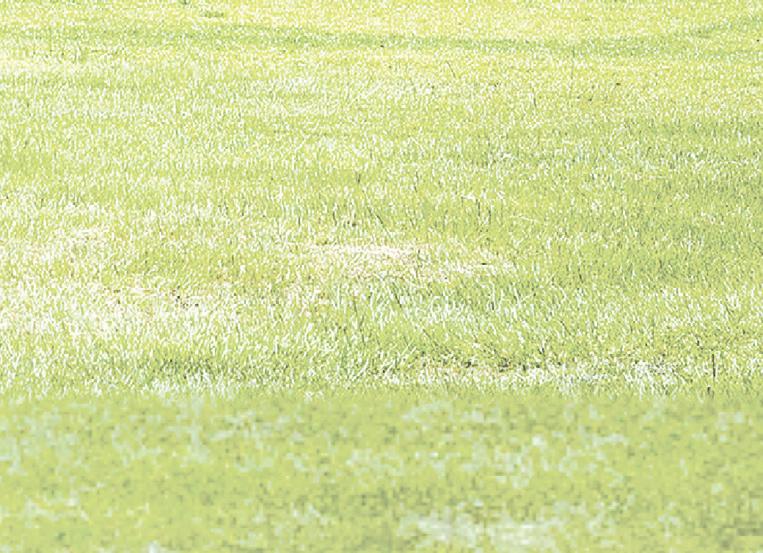





















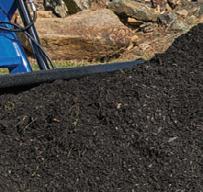






































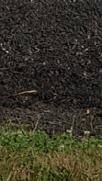





























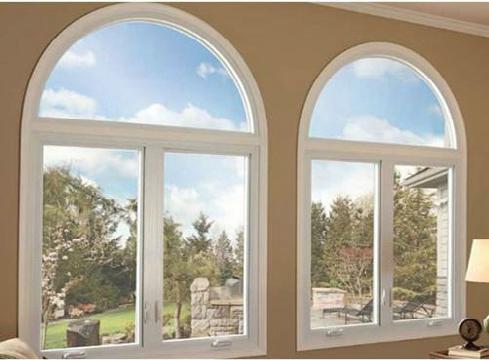









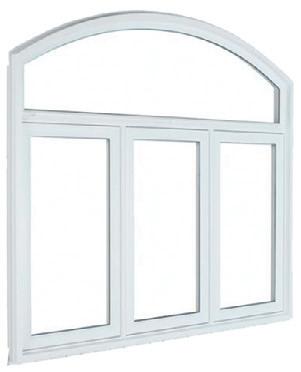























































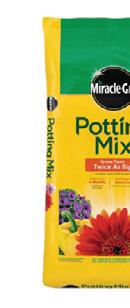

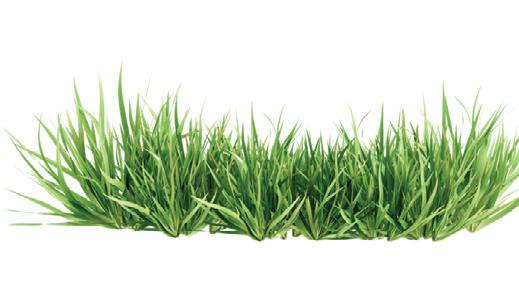




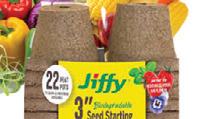






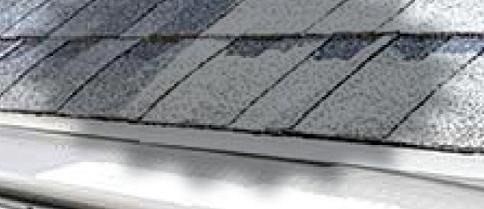



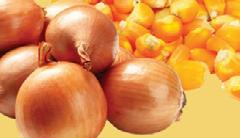


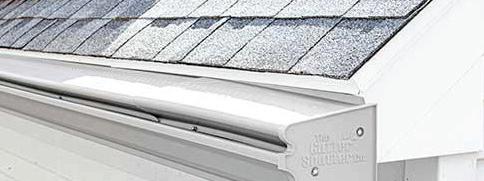





General contractor Paul Hughes gifted his wife, Paula, with online interior design courses to embark on a new joint business venture under the name Designs by Hughes, forever changing their lives via transformation of residential and commercial properties.
Hughes page 34

Interior designer Paula Hughes rearranges a kitchen March 6 in Avon. Hughes is a newly certified interior designer and owns the Avon-based business Designs by Hughes with her husband, Paul.


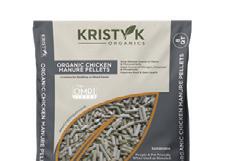





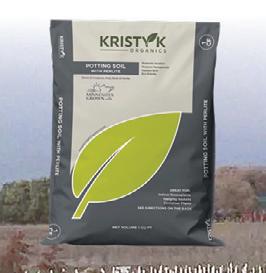





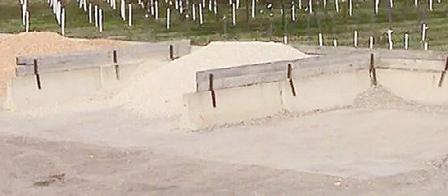



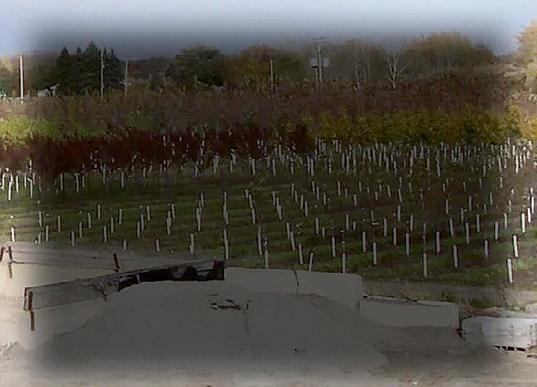



Hughes from page 33
“We work together,” Paul Hughes said. “We are your one-stop solution for functional and beautiful spaces. She is an interior designer; I am a general contractor. Interior design is her passion, and she has wanted to do this for many years.”
Paula has a background in corporate finance, and lived in cities for nearly 20 years. All the while, she found herself fascinated by the historic homes lining the streets where she formerly lived in St. Paul. When alone, Paula would dream until her stars aligned.
“I moved back here to marry Paul,” she said. “I just really loved interior design, so he bought me online courses through The Interior Design Institute of San Francisco, California.”
Designing homes was something Paula had longed to do since high school graduation. However, her dad kindly asked that she study a STEM-related degree program instead.
STEM stands for science, technology, engineering and mathematics.
“My dad was like, ‘No, I am not paying for you to go to college if you are majoring in that,’” Paula said. “Now,

I’m 50-years-old and finally doing what I want to do.”
Meanwhile, Paul had approximately 20 years of real estate appraisal under his newly fitted construction belt. He harvested an untapped draw to remodeling.
“I became a general contractor in order to manage customers from start to finish,” Paul said. “I’m licensed through state of Minnesota.”
What exactly do people want to see
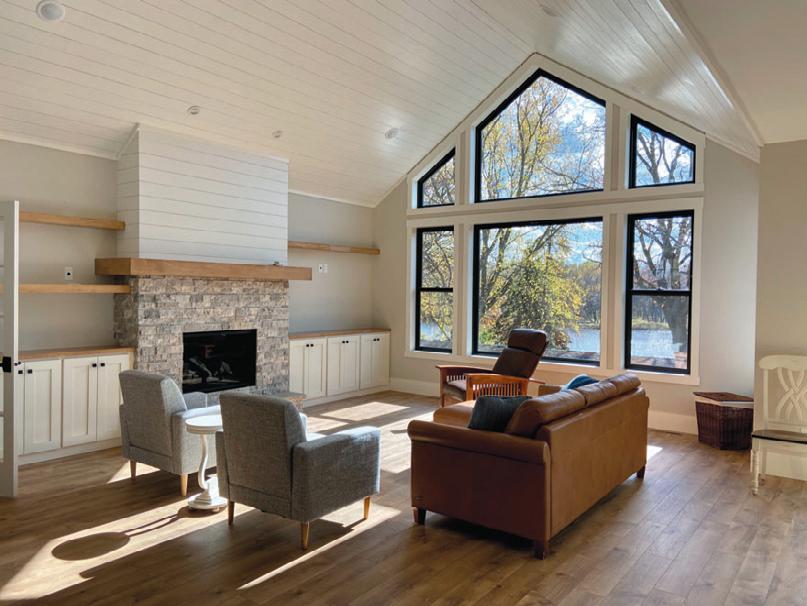

in their houses today?
“Customers are bringing natural elements into their homes,” Paula said. “Things are a lot more neutral than they used to be, so they are adding wood, baskets and plants. It creates more of a natural feel.”
In recent years, many people generally opted for white kitchens.
Hughes page 36






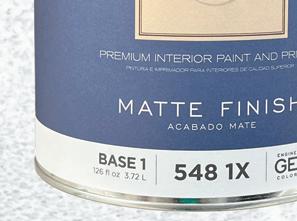



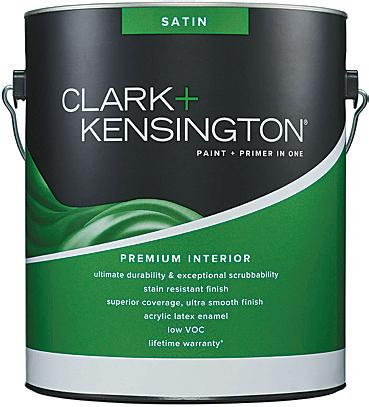


























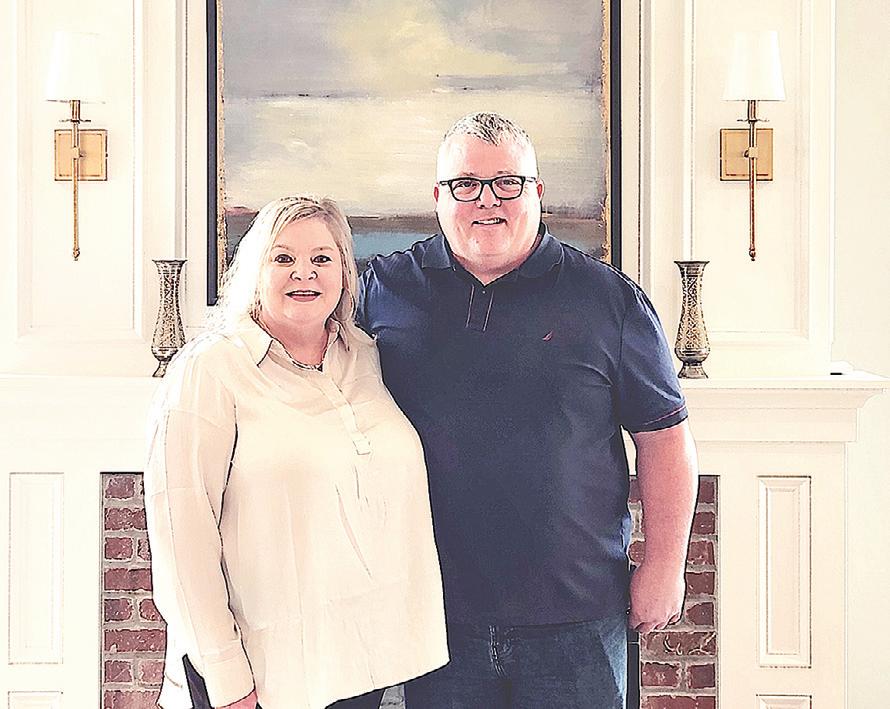







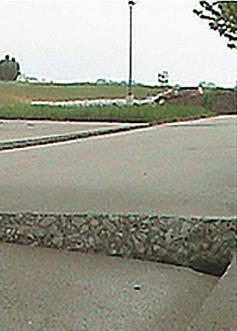
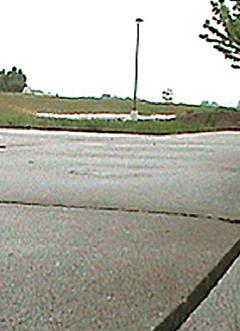












































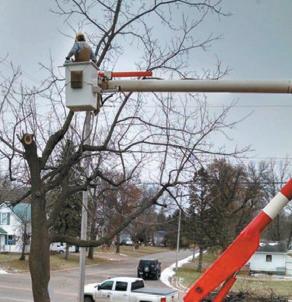




































































































































Hughes
from page 36
Pointing the designer’s finger at the pandemic once again, Paul and Paula have seen larger office spaces over the past couple of years.
“When people were initially working from their homes, I think life happening around them with kids and dogs became a real challenge,” Paula said. “They moved them to more remote places of the house. For example, we have an office in the garage.”
Some laundry rooms have even turned into multipurpose rooms.
“They are big rooms where multiple things can happen,” Paula said. “A lot of them contain a desk area where kids can do homework while their parents do laundry.”
But not everyone has the money to remodel an entire bathroom or kitchen. Therefore, Paul and Paula
have delivered some rather inexpensive home decor tips.
“People can rephase the front of their cabinets,” Paul said. “I would say paint is another option.”
While a fresh coat of paint could do wonders, Paula suggested that people purchase new hardware for their cabinets. Meanwhile, simply placing a new rug under a kitchen table or in the middle of a family room could significantly modify an area.
by Hughes. Paula Hughes said another bathrooms trend includes wet rooms where showers are often installed without trays and doors. Jason Kampsen, Owner
“You can buy rugs for very little money,” she said. “It is your home and should be your oasis. You should feel happy where you live. Everyone should love to come home.”



•

















































Fertilizing
Weed Control
Mosquito Control
Lawn Mowing
Edging
Seasonal Clean-Up
Dethatching
Aeration
Overseeding

Parking Lot Sweeping





































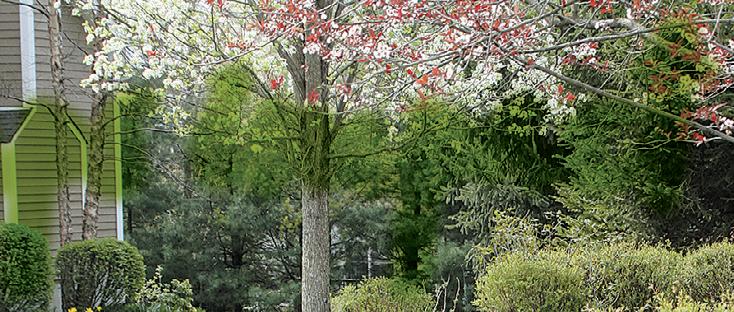






 BY SARAH COLBURN STAFF WRITER
BY SARAH COLBURN STAFF WRITER





With temperatures above normal this winter, arborists and gardening gurus have been fielding phone calls about the impact to everything from trees and shrubs to lawns and bugs.

Julie Weisenhorn, University of Minnesota Extension horticulture educator and associate extension professor, has been collaborating with other experts to provide advice to homeowners and gardeners alike.
“Minnesota gardeners are smart gardeners, and they really watch the conditions,” Weisenhorn said.
And this year, Weisenhorn knows they will be watching like no other in recent memory.
Weather page 44


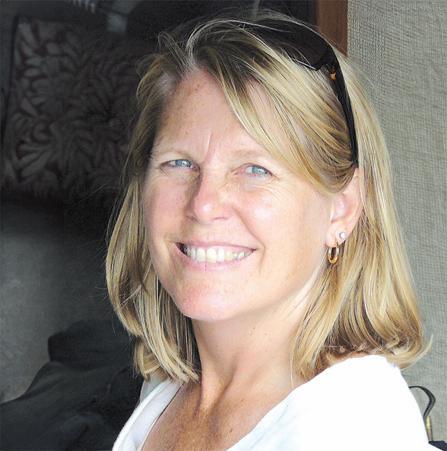
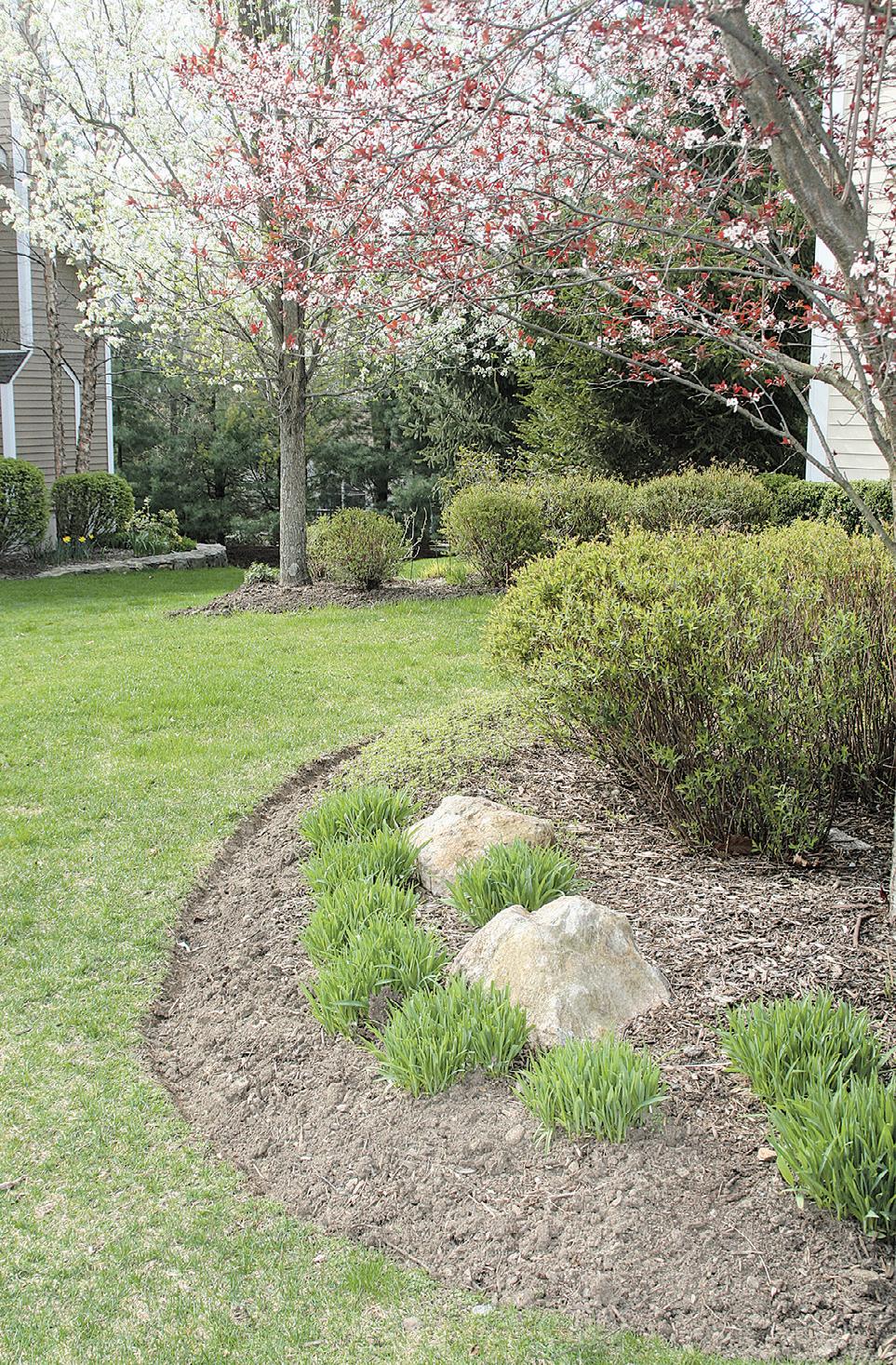


































































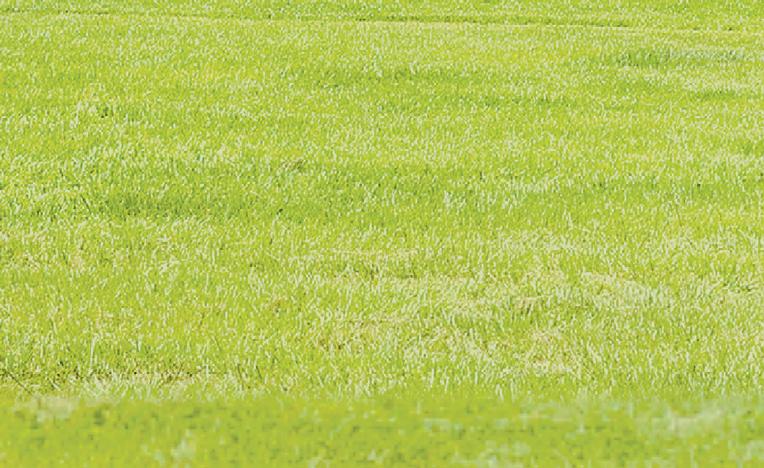







































































































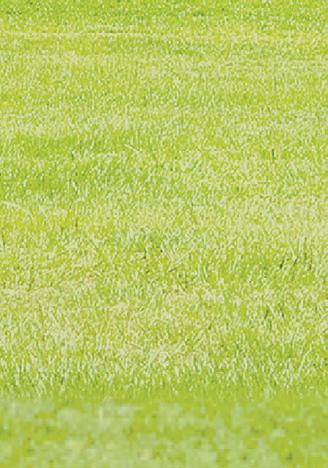































































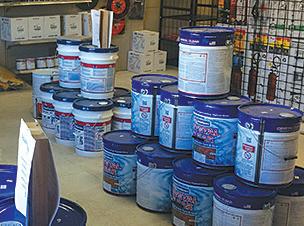




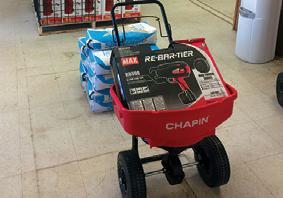
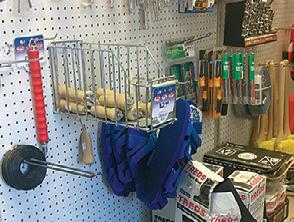









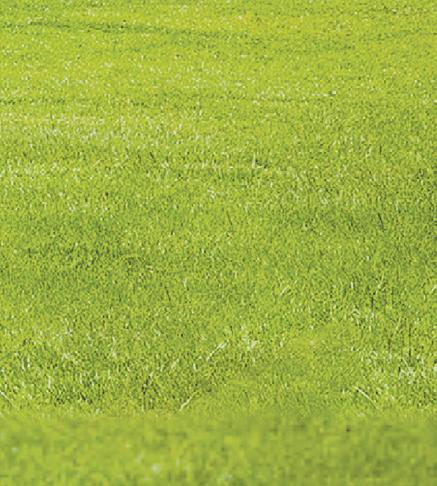































Her biggest advice is to be observant and try not to worry too much.
She also encourages people to follow good gardening practices now, and in the years to come, as temperatures trend warmer. For example, fencing, she said, can deter rabbit browsing in years when plant bases are open all the way to the ground.
“Be observant about how plants are doing, when buds are breaking, which plants seem to be doing better than others,” she said. “When things are blooming, leafing out, how are the berries coming out? Tracking and keeping records are things every gardener should be doing to help inform decisions mov-



ing forward.”
Arborist Isaac Winkelman, of Central Applicators in Foley, spends much of his time handling tree work in cooperation with utility companies. As the state moves toward spring, he said, watching the moisture levels in the soil will be important.
“A good portion of the state is still in drought,” Winkelman said.
Drought, he said, can stress trees and make them more susceptible to diseases and bugs. Each tree species can be impacted differently and the outcome ultimately depends on the tree’s size and site conditions. Yellowed foliage and stunted shoots are signs of tree stress and the need for water, he said.
Weather page 45











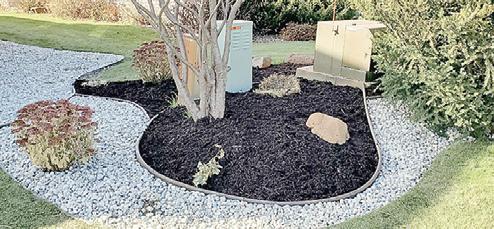




Weather from page 44
Both Weisenhorn and he agree that proper placement of plant material is key. They also agree that mulching is one of the easiest ways for enthusiasts to reduce stress on their trees, shrubs and plants.
Weisenhorn said the benefits of mulch are multi-fold, holding in moisture and keeping the weeds down.
“Mulch helps to moderate soil temperatures so as the plants come out of dormancy it helps the roots to warm up slowly,” she said.
University of Minnesota Extension experts put together an article on this year’s warm winter impacts. The article contains the following information:
Plant dormancy is affected by day length and temperature. In general, dormancy is overcome when the buds of trees and shrubs experience temperatures of 24 to 50 degrees for approximately four to eight weeks at which time the plants break bud.
Impacts in the garden
— Spring bulbs and hardy perennials may emerge from the soil, especially on the south side of landscapes where the soil warms earlier.
Weather page 47
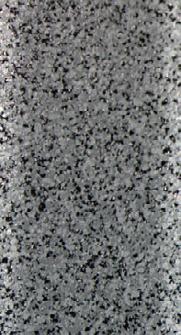







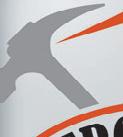





























































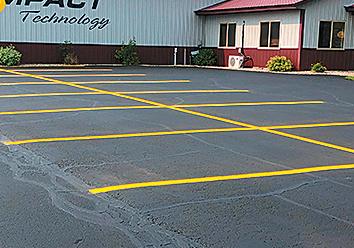











































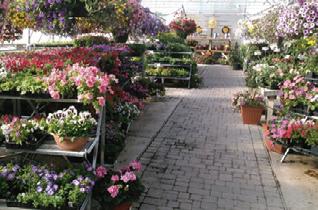














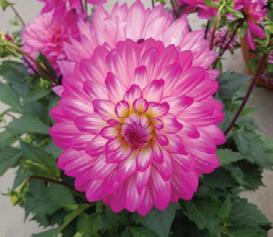


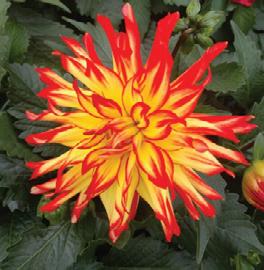


























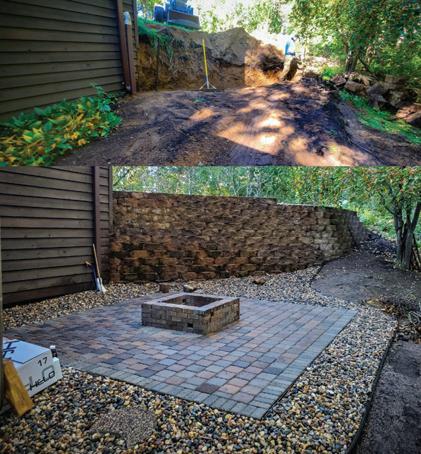






Weather from page 45
If the cold weather returns, they may suffer cold damage to leaves but the plants should survive.
— Once the frost is out of the soil, plants will need extra care to reduce stress. Mulch around roots and water if the soil is dry. Prune plants to allow for light and airflow.
— Gardeners can trim back dead hosta leaves and spent hydrangea blooms now.
— Leave the leaf mulch in place to protect beneficial insects until they emerge.
— Be sure to leave hollow stems of flowers like Joe Pye weed standing until it falls over. Once the stems fall, pile them up and do not compost or burn them until the stem-nesting bees emerge; many lay eggs in the stems.
Trees, shrubs
— Some northern trees and shrubs are adapted to a lengthy winter period and are not easily tricked into waking up with unseasonable temperatures. There is little documentation that states which plants fall into this category.
— The recent warm temperatures combined with longer day length triggered bud break on a few species, particularly those growing in protected microclimates. If temperatures remain above freezing, this tender new growth may survive. If night temperatures dip into the 20s or less, and day and night temperatures fluctuate, new growth will likely die.
— Wait to water trees until the ground is completely thawed.
For more information on these topics, as well as pruning, lawns and insects, visit extension.umn.edu/yard-and-gardennews/how-will-warm-winter-affect-my-plants.

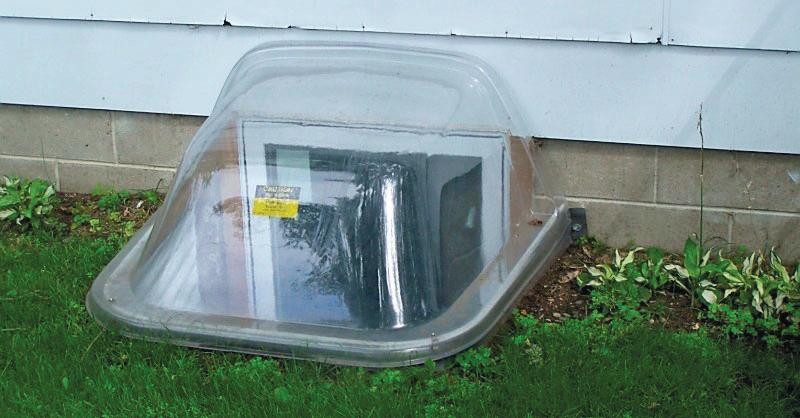
The






